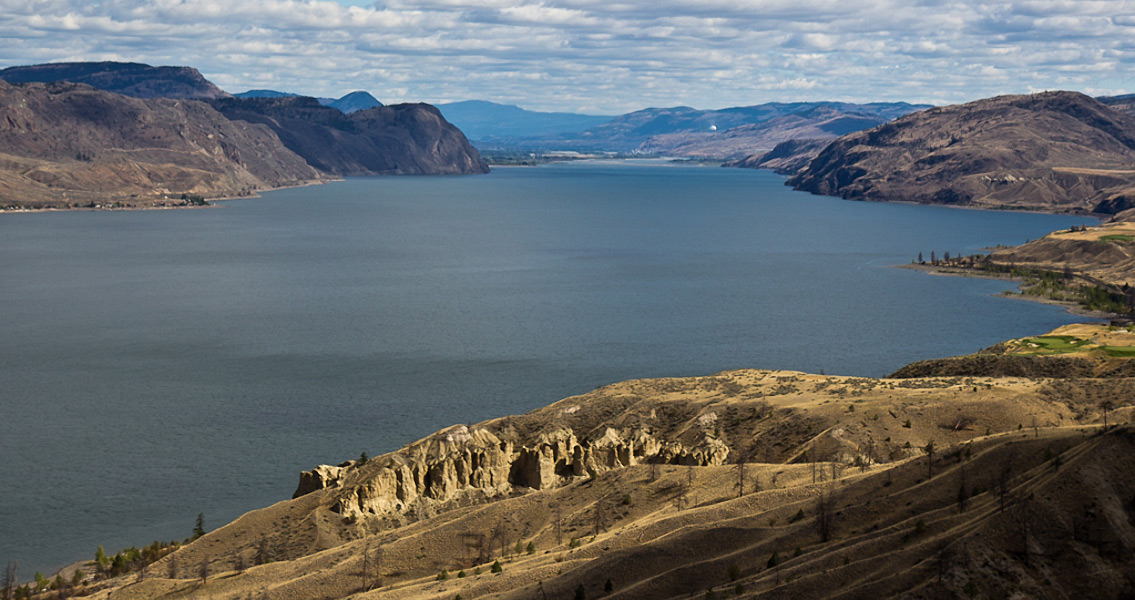<![CDATA[An archaeological dig, which was started after workers on a construction project at Kamloops Lake in British Columbia, Canada, uncovered evidence of an indigenous settlement; has unearthed evidence supporting the Skeetchestn Indian band’s oral history regarding a pre-contact settlement that was located on the lake hundreds of years ago. The area is known as the traditional territory of the Skeetchestn Indian Band. The Skeetchestn Band is one of Canada’s First Nations, which includes the Aboriginal Canadians that are neither Métis nor Inuit. Numerous bones and stone tools, including a fish knife, have been found at the site. Archaeologist Joanne Hammond, from Skeetchestn Natural Resources, explained to CBC News that oral histories have pointed to the location as a place where people fished and camped until a mill and ranch took over the area in 1870. "The people were pushed out of here unceremoniously, so after being separated from it for quite a long period of time, it's nice to be back here and be managing the cultural resources here that the people knew were here, but couldn't do anything about," Hammond told CBC News. The fish knife (its use was determined by its crescent shape) is described as rudimentary, and was fashioned using dacite, a variety of volcanic rock which researchers believe originated from a nearby source. The knife was covered with calcareous deposits which take hundreds of years to form and are another indicator of the settlement’s age. Debris from the time the tools were made was also found. The artifacts are what remains of pre-contact habitation by indigenous peoples, in what was most likely a fishing camp, although the type of remains being unearthed indicate that a variety of activities occurred there. Researchers say the earliest occupation of the site was at least 12,000 years ago. British Columbia, Canada’s westernmost province, is home to more than 200 First Nation groups. Their human history before contact with non-Aboriginal people is known only from oral history, archaeological findings and the records of early explorers who encountered the groups. Paleoindians crossed the Bering land bridge and arrived there 20,000 to 12,000 years ago. The nomadic population resided in temporary structures, foraging, hunting and trapping game for furs and food. Approximately 5,000 years ago, the individual groups began to focus on the local resources available to them and some, over time, evolved into the First Nations. The Skeetchestn Indian Band (part of the Secwepemc (Shuswap) Nation), is located in the Central Interior region of British Columbia. According to the Skeetchestn Indian Band website, before the creation of their reserve in 1877, the tribe’s ancestors spent winters in numerous pit house settlements on both sides of Kamloops Lake, as well as below the lake’s outlet. During the rest of the year they traveled across their territory gathering critical resources. The first Europeans to arrive in the region lived alongside the Band members, and actively collaborated with them in the fur trading era. In 1858, American miners in search of gold began arriving. Consequently, the colonial government, in order to protect their land from the influx of miners, began assigning reserves. The Skeetchestn reserve is located near the archaeological site at Savona, British Columbia. The dig is being funded by the Ministry of Transportation. The artifacts will be kept and displayed at the Secwepemc Museum in Kamloops, after being categorized. ]]>
Evidence Found Supporting the Oral History of Indigenous Tribe
